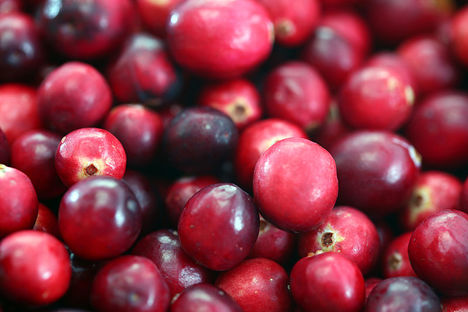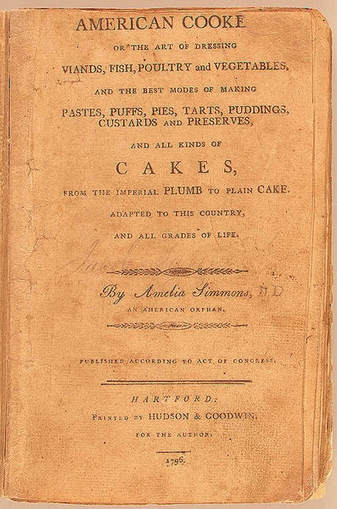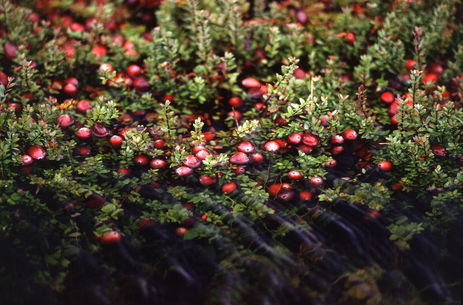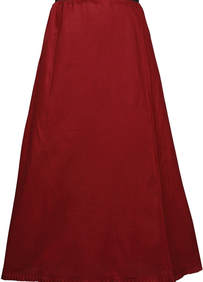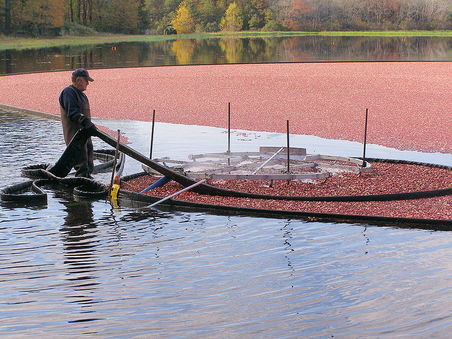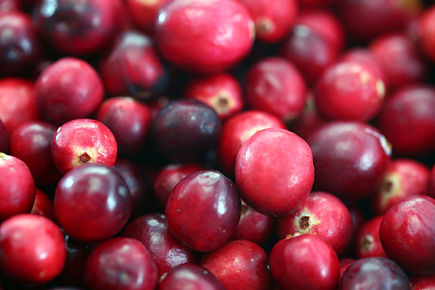The Tart, Smart Cranberry It would be hard not to be cheered by the brilliant cranberry. In these especially devisive days when we can use all the cheer we can find in our lives. That chipper berry, so often narrowly associated with Thanksgiving and Christmas, comes into the world white and slowly, as it matures, reddens. Surprisingly, it is one of only three fruits native to North America. The Narragansetts, of what is now Rhode Island, were documented by the 1550s’ European immigrants as using the cranberry mixed with dried strips of meat and nuts in their pemmican which was the ancestral mother of all trail mixes. This is the form in which they introduced it to the Europeans who sent the cranberries back to England. By 1669, the cranberry had been acknowledged as a perfect accompaniment for another North American native, the wild turkey. Shortly, both berry and turkey were adopted into the British Christmas festivies with fervor and staying power. Ameila Simmons, our first celebrity chef, was teaching us how to make cranberry tarts in her cookbook, American Cookery, published in Hartford in 1796. The name cranberry is a distortion of one of the English names: the craneberry. So called because the silhouette of its pink flower and stamen was reminiscent of another marshy inhabitant, the crane. Cranberries were also know as fenberries for the same reason; that is a fen is another English word for wetlands. Alternatively, some called them bearberries because those creatures seemed to have a particular fondness for the fruit. This, obviously, predates their attraction to birdfeeders and garbage. Local northeastern natives also showed the incoming Europeans a thing or two about local natural dyes, among which was the prized cranberry. Knowledge is clearly a dangerous thing. Those somber, disapproving pilgrims unapparently had a trick or two hidden in their skirts. In 1633, the will of one Mary Ring instructed its executor to auction off several of her prized possessions, including a cranberry dyed petticoat which added the then considerable sum of 5 shillings to her estate. What else was concealed by all that grim dark clothing? Contrary to popularly held convictions, the cranberry is not grown in water. It is instead a low evergreen bush, partial to low-lying terrain. Fields of cranberry bushes are flooded at harvest because the tiny air pockets inside the ripe berries make them float, and conseqently making the crop less labor intensive to gather. The cranberry is a superfruit with significant antioxidant properties. Cranberry tannins have provided laboratory evidence of anti-clotting properties and is thought to to play a role in preventing urinary tract infections. It also helps to prevent plaque build-up on teeth. Slowly the cranberry is breaking out of its holiday model. Americans now consume 400 million pounds of cranberries per year, only 80 million of which are for Thanksgiving week. One of the most refreshing and festive (think 4th of July) drinks is half cranberry juice, half club soda with a slice of lime. The web site has many cranberry recipes including: Vanilla Bean and Cardamom Cranberry Sauce, Cranberry Lime Salsa and Cranberry Walnut Tart. It is true that the tart sweet taste of cranberries is a perfect foil for turkey, but try it with pork tenderloin, roast chicken or duck breast. Today’s recipe is for is for Cranberry-Blood Orange Glazed Ham, good for a crowd now and good for the holidays.
0 Comments
Leave a Reply. |

